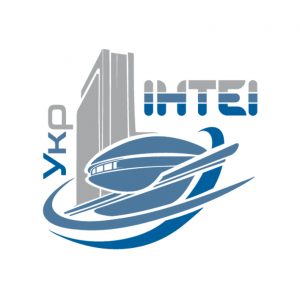http://doi.org/10.35668/2520-6524-2023-3-06
Shabala Ye. Ye. — PhD in Engineering, Associate Professor of Department of Cybersecurity and Computer Engineering, Kyiv National University of Construction and Architecture, 31, Povitroflotskyi Ave, Kyiv, Ukraine, 03037; +38 (067) 845-93-39; shabala.ieie@knuba.edu.ua; ORCID: 0000-0002-0428-9273
PRINCIPLES FOR IMPROVING THE QUALITY OF FUEL LEVEL MONITORING BASED ON IоT
Abstract. Recently, the Internet of Things (IoT) has spread to all areas of life and industry. More and more companies around the world are actively investing in technologies related to the Internet of Things to optimize their own business processes. Analysts even see that the industry will become one of the drivers of the growth of this market in the next six months. One of the industry’s most vulnerable to the IoT revolution is retail. Functional capabilities of sensors and the information provided by them allow solving the largest range of tasks inherent in industry. The combination of IoT technology objects with the help of sensors, sensors and the network are similar to digital intelligence, capable of transmitting various necessary data in real time independently, without constant human control. This is facilitated by the spread of wireless Internet networks and the development of microprocessor technologies. One of the industries where IoT is being implemented is the fuel industry, in particular, gas stations. A gas station in the modern world is a provider of complex services built on fuel. In addition, the need to fill the capacity often becomes a reason to obtain a wider set of services, and in this light, every aspect of the station takes on additional importance, and IoT helps to optimize them all. Fuel level monitoring solutions provide accurate real-time fuel usage readings, alerting fleet managers if readings exceed normal limits to prevent fuel shortages.
Keywords: gas station, fuel level sensor, fuel tank, IoT, sensor.
REFERENCES
- (2021). Internet rechei: chym vin mozhe buty korysnyi dlia biznesu [The internet of things: how it can be useful for business]. Metinvest Digital, Blogs. Retrieved from: https://metinvest.digital/ua/page/internet-veshchej-chem-on-mozhet-byt-polezen-dlya-biznesa. [in Ukr.].
- Sharik, N., & Deepak Chaitanya, M. (2020). Design and Fabrication of Fuel Level Monitoring & Alert System using IoT. International Journal of Engineering Research & Technology (IJERT). 9 (10), 442–444.
- Columbus, L. (2016). 10 Ways Machine Learning Is Revolutionizing Manufacturing. Forbes. Retrieved from: https://www.forbes.com/sites/louiscolumbus/2016/06/26/10-ways-machine-learning-is-revolutionizing-manufacturing/?sh=3406134128c2.
- Sur, D., Firdaus, J., Purohit, A., Dutta, R., Mitra. D., & Majumder, K. (2020). IoT based fuel level monitoring and fuel theft detection system. Inter University Academic Meet. https://doi.org/10.36375/prepare_u.a89.
- Kurdecha, V. V., Ishchenko, I. O., & Zakharchuk, A. H. (2017). Metod obrobky danykh v rozpodilenii merezhi Internetu rechei [A method of data processing in a distributed network of the Internet of Things]. Molodyi vchenyi [A young scientist]. 10, 75–81. Retrieved from: http://nbuv.gov.ua/UJRN/molv_2017_10_20 [in Ukr.].
- Sikder, A., Petracca, G., Aksu, H., Jaeger, T., & Uluagac, A. (2018). A Survey on Sensor-based Threats to Internet-of-Things (IoT) Devices and Applications. Retrieved from: https://arxiv.org/pdf/1802.02041.pdf.
- Shabala, Ye. (2023). IOT based fuel level monitoring. The 2st International Conference on Emerging Technology Trends on the Smart Industry and the Internet of Things. 1, 37–41.
- Jaiharish, M., Mohanakumaresan, B., & Jairajesh (2019). Fuel Level Monitoring & Alert System Using IOT. JETIR. 6 (5), 310–313. Retrieved from: https://www.jetir.org/papers/JETIR1905754.pdf.

